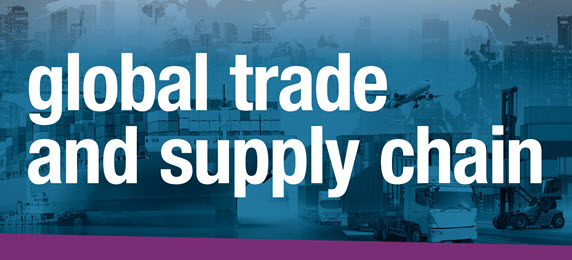
March 20, 2023
USITC Report Confirms U.S. Importers Bore Nearly Full Cost of Tariffs
by Angela Chiang
Last week, the U.S. International Trade Commission (USITC), an independent and nonpartisan federal agency, released a report on the economic impact on U.S. industries of the Section 232 tariffs on steel and aluminum and Section 301 tariffs on imports from China.
The report found that U.S. importers bore nearly the full cost of these tariffs because import prices increased at the same rate as the tariffs. The USITC estimated that prices increased by about 1 percent for each 1 percent increase in the tariffs under sections 232 and 301.
Since the Section 232 and Section 301 tariffs went into effect, U.S. importers have paid more than $188 billion as of March 13, 2023 ($173 billion on China products, $15 billion on steel and aluminum products).
The report (pg. 158) found that:
Under the Trump administration, in 2018, the Office of the U.S. Trade Representative (USTR) imposed a 25% tariff on steel; 10% tariff on aluminum; 25% (List 1, 2, and 4) and 7.5% (List 4A) tariffs on imports from China.
Read the Press Release and Report
The report found that U.S. importers bore nearly the full cost of these tariffs because import prices increased at the same rate as the tariffs. The USITC estimated that prices increased by about 1 percent for each 1 percent increase in the tariffs under sections 232 and 301.
Since the Section 232 and Section 301 tariffs went into effect, U.S. importers have paid more than $188 billion as of March 13, 2023 ($173 billion on China products, $15 billion on steel and aluminum products).
The report (pg. 158) found that:
- Imports of Motor Vehicle Parts (3363) from China have dipped somewhat (about $3–5 billion) compared to 2018; however, import values in 2019 and 2021 are similar to those for 2016 and 2017.
- U.S production of vehicle parts has also declined in recent years from a high of $275.5 billion to $250.2 billion in 2021. Imports of vehicle parts from the rest of the world have grown slightly in recent years to $104.9 billion in 2021.
- Since 2016, prices of imports from China and the rest of the world have risen by about 34 percent and 25 percent, respectively. The price of U.S.-produced parts increased by a more modest 5 percent by 2021.
- Section 232 tariffs reduced imports of affected steel products by 24 percent, increased the price of steel products in the United States by 2.4 percent, and increased U.S. production of steel products by 1.9 percent. U.S. production of steel was $1.3 billion higher in 2021 due to section 232 tariffs.
- Across all affected sectors, section 301 tariffs reduced imports from China by 13 percent, increased the value of U.S. production by 0.4 percent, and increased the price of U.S. products by 0.2 percent.
Under the Trump administration, in 2018, the Office of the U.S. Trade Representative (USTR) imposed a 25% tariff on steel; 10% tariff on aluminum; 25% (List 1, 2, and 4) and 7.5% (List 4A) tariffs on imports from China.
Read the Press Release and Report

Angela Chiang, Director, International Affairs
Doing business across borders can be tough, especially now. My work centers around helping you explore new and emerging markets, finding new business partners and navigating trade policy. More About Me

As trade policies are updated and supply chain challenges continue, this section provides the latest information on how your business can navigate the changes.
More posts
Latest related
Content
-
[WATCH] 2022 Business Outlook: Top Emerging Opportunities and Challenges
February 4, 2022This webinar explores need-to-know emerging opportunities and challenges for the coming year: current status of supply chain issues and what to expect in the year ahead and more.
-
[REPORT] 2022 Auto Care Factbook
May 6, 2021The only publication of its kind, this report includes data on light vehicle sales volume for key aftermarket product categories, sales percentage growth, light vehicle product growth and much more.
Visit
